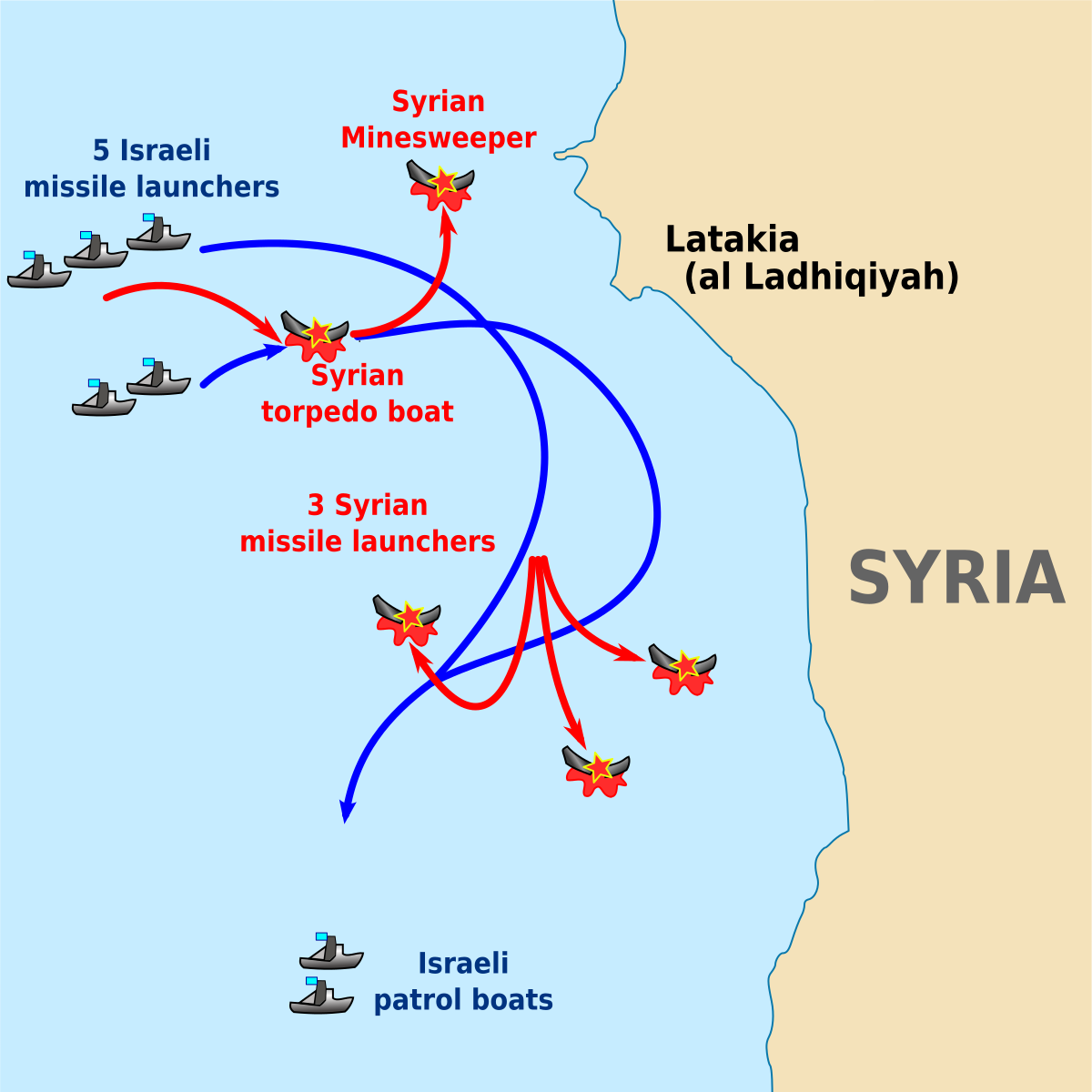For something a little different,
The terms of the treaty of Fontainebleau between Turkey and the Entente powers in February 1922, relaxed to a degree the military stipulations of the treaty of Sevres that it replaced but still denied Turkey possession of aircraft, submarines and warships larger than 10,000t in displacement. Sultan Selim Yavuz, already heavily damaged was dismantled in situ in Izmit under British supervision in 1922-24 and its guns and mountings stored away for future use.
Proposals to use the five twin 283mm turrets, for new coastal battleships similar to the Swedish Sverige class were aired several times through the 1920s, without result but it was the appearance of the Deutchland class pocket battleships that got the imagination of Turkish naval circles going. When Ansaldo with the backing of the Italian government offered to Turkey its own UP90 design for an 8,000t pocket battleship, it was an obvious step to replace the two 10in triple turrets in the original design with the available 283mm mounts to reduce cost. Three ships, Fatih, Yildirim and Turgut Reis would be built by 1939. None survived ww2, with Fatih sunk in action against cruisers Lemnos and HMS York in the battle of Karpathos strait in April 1942, Turgut Reis torpedoed and sunk by submarine Proteus and Yildirim destroyed by Soviet bombers off Batum while covering the retreat of the Turkish 3rd army from Georgia in late 1943.
Turgut Reis, Turkey Enter ship type laid down 1937
Displacement:
7.614 t light; 8.000 t standard; 8.679 t normal; 9.221 t full load
Dimensions: Length (overall / waterline) x beam x draught (normal/deep)
(561,94 ft / 546,92 ft) x 54,46 ft x (19,69 / 20,59 ft)
(171,28 m / 166,70 m) x 16,60 m x (6,00 / 6,28 m)
Armament:
4 - 11,02" / 280 mm 50,0 cal guns - 665,99lbs / 302,09kg shells, 100 per gun
Breech loading guns in turret on barbette mounts, 1937 Model
2 x 2-gun mounts on centreline ends, evenly spread
12 - 4,02" / 102 mm 40,0 cal guns - 31,03lbs / 14,08kg shells, 300 per gun
Dual purpose guns in deck and hoist mounts, 1937 Model
6 x Twin mounts on sides, evenly spread
8 - 1,57" / 40,0 mm 60,0 cal guns - 2,14lbs / 0,97kg shells, 150 per gun
Breech loading guns in deck and hoist mounts, 1937 Model
8 x Twin mounts on sides, evenly spread
16 - 0,79" / 20,0 mm 60,0 cal guns - 0,26lbs / 0,12kg shells, 600 per gun
Breech loading guns in deck mounts, 1937 Model
8 x Twin mounts on sides, evenly spread
Weight of broadside 3.058 lbs / 1.387 kg
Armour:
- Belts: Width (max) Length (avg) Height (avg)
Main: 4,02" / 102 mm 355,51 ft / 108,36 m 8,86 ft / 2,70 m
Ends: Unarmoured
Main Belt covers 100% of normal length
Main Belt inclined 15,00 degrees (positive = in)
- Torpedo Bulkhead - Strengthened structural bulkheads:
0,79" / 20 mm 355,51 ft / 108,36 m 17,62 ft / 5,37 m
Beam between torpedo bulkheads 54,46 ft / 16,60 m
- Gun armour: Face (max) Other gunhouse (avg) Barbette/hoist (max)
Main: 5,51" / 140 mm 3,35" / 85 mm 3,94" / 100 mm
2nd: 3,94" / 100 mm - -
- Armoured deck - multiple decks:
For and Aft decks: 2,52" / 64 mm
- Conning towers: Forward 5,91" / 150 mm, Aft 0,00" / 0 mm
Machinery:
Oil fired boilers, steam turbines,
Geared drive, 4 shafts, 61.579 shp / 45.938 Kw = 31,00 kts
Range 4.828nm at 16,00 kts
Bunker at max displacement = 1.221 tons
Complement:
449 - 584
Cost:
£4,557 million / $18,227 million
Distribution of weights at normal displacement:
Armament: 791 tons, 9,1%
- Guns: 791 tons, 9,1%
Armour: 1.897 tons, 21,9%
- Belts: 520 tons, 6,0%
- Torpedo bulkhead: 182 tons, 2,1%
- Armament: 337 tons, 3,9%
- Armour Deck: 803 tons, 9,3%
- Conning Tower: 54 tons, 0,6%
Machinery: 1.707 tons, 19,7%
Hull, fittings & equipment: 3.219 tons, 37,1%
Fuel, ammunition & stores: 1.065 tons, 12,3%
Miscellaneous weights: 0 tons, 0,0%
Overall survivability and seakeeping ability:
Survivability (Non-critical penetrating hits needed to sink ship):
10.028 lbs / 4.549 Kg = 15,0 x 11,0 " / 280 mm shells or 1,6 torpedoes
Stability (Unstable if below 1.00): 1,05
Metacentric height 2,2 ft / 0,7 m
Roll period: 15,4 seconds
Steadiness - As gun platform (Average = 50 %): 50 %
- Recoil effect (Restricted arc if above 1.00): 0,98
Seaboat quality (Average = 1.00): 1,01
Hull form characteristics:
Hull has a flush deck,
a normal bow and large transom stern
Block coefficient (normal/deep): 0,518 / 0,526
Length to Beam Ratio: 10,04 : 1
'Natural speed' for length: 26,62 kts
Power going to wave formation at top speed: 57 %
Trim (Max stability = 0, Max steadiness = 100): 50
Bow angle (Positive = bow angles forward): 30,00 degrees
Stern overhang: 0,00 ft / 0,00 m
Freeboard (% = length of deck as a percentage of waterline length):
Fore end, Aft end
- Forecastle: 20,00%, 26,02 ft / 7,93 m, 21,29 ft / 6,49 m
- Forward deck: 30,00%, 21,29 ft / 6,49 m, 16,57 ft / 5,05 m
- Aft deck: 35,00%, 16,57 ft / 5,05 m, 16,57 ft / 5,05 m
- Quarter deck: 15,00%, 16,57 ft / 5,05 m, 16,57 ft / 5,05 m
- Average freeboard: 18,60 ft / 5,67 m
Ship space, strength and comments:
Space - Hull below water (magazines/engines, low = better): 98,3%
- Above water (accommodation/working, high = better): 157,2%
Waterplane Area: 20.991 Square feet or 1.950 Square metres
Displacement factor (Displacement / loading): 103%
Structure weight / hull surface area: 113 lbs/sq ft or 550 Kg/sq metre
Hull strength (Relative):
- Cross-sectional: 0,95
- Longitudinal: 1,60
- Overall: 1,00
Adequate machinery, storage, compartmentation space
Excellent accommodation and workspace room

_takes_part_in_a_photo_exercise_at_the_conclusion_of_exercis.jpg)


